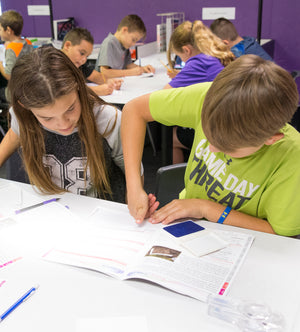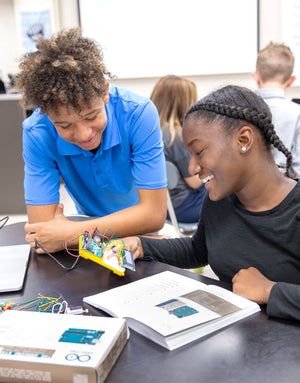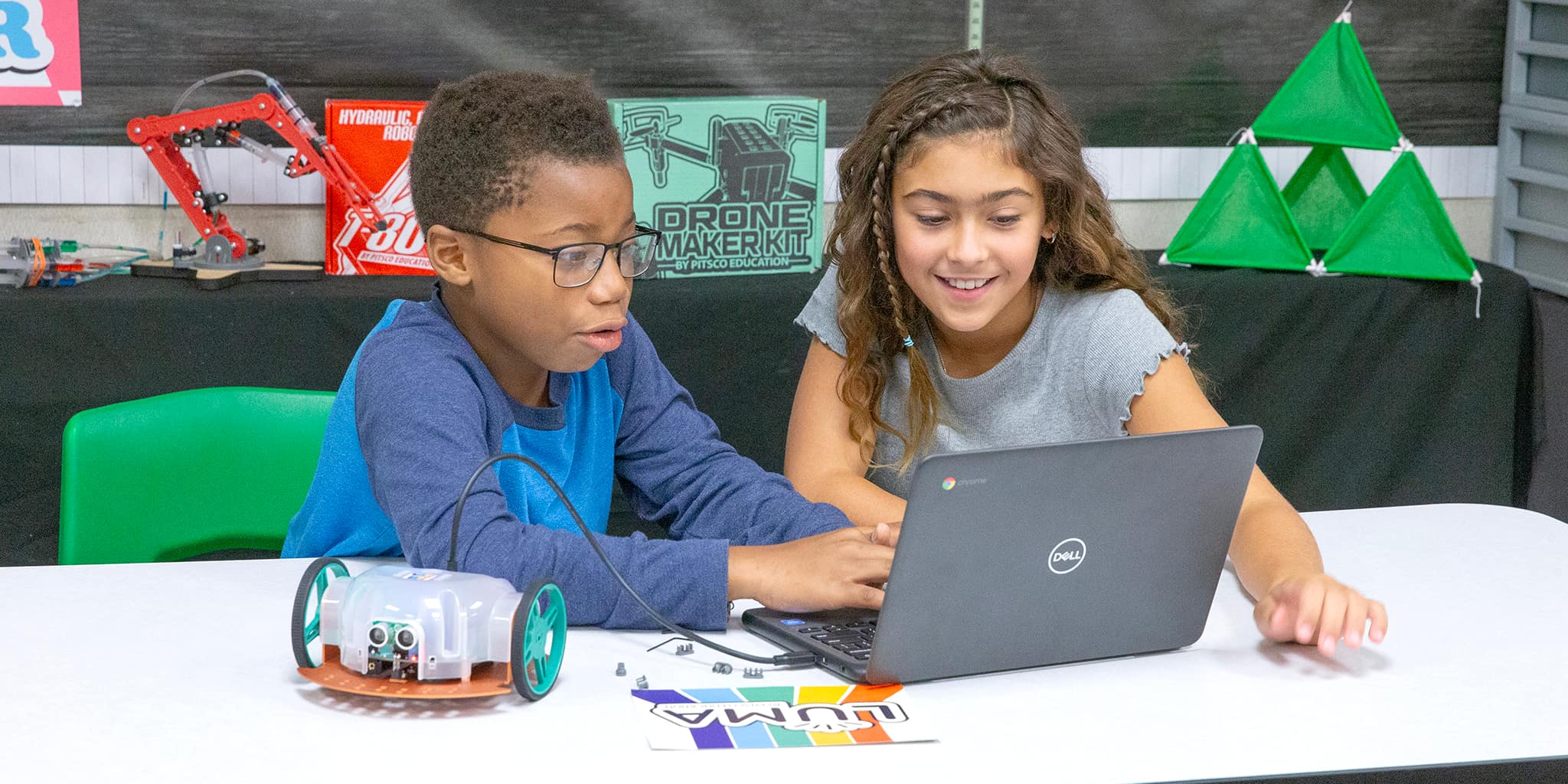

Who we are
For more than 50 years, Pitsco has offered a comprehensive range of scalable hands-on STEM resources and curriculum. We help educators create learning environments that address all learning styles and help all students find success while tackling challenges, being creative, articulating ideas, and thinking with their hands.
WHAT WE DO
Pitsco’s STEM products and curricula put a piece of the world in students’ hands and ask, “How does this apply to your life?” – connecting classroom to careers to the everyday real world.
Our solutions give students a platform and structure to practice what is required in a 21st-century workplace and help equip teachers with the understanding and mindset necessary to manage this type of future-relevant learning environment.


Our Goal
To make it easy for schools to bring future-ready materials to the classroom to create lifelong learners, successful professionals, and engaged citizens.
We promise to remove barriers, making STEM education come to life for students while enabling educators find new relevant ways to do what they do best.
“I think personally when students see us modeling SEL concepts, it’s setting the example/precedent. I believe some of the most valuable and memorable experiences for my students is when we are working through projects or an experiment and what I do doesn’t work the first or second (or third or fourth) time. They get to watch how I handle the slight setbacks and see how I work to improve.”
– Emily Bracco, STEAM lab teacher, Orlando, FL



